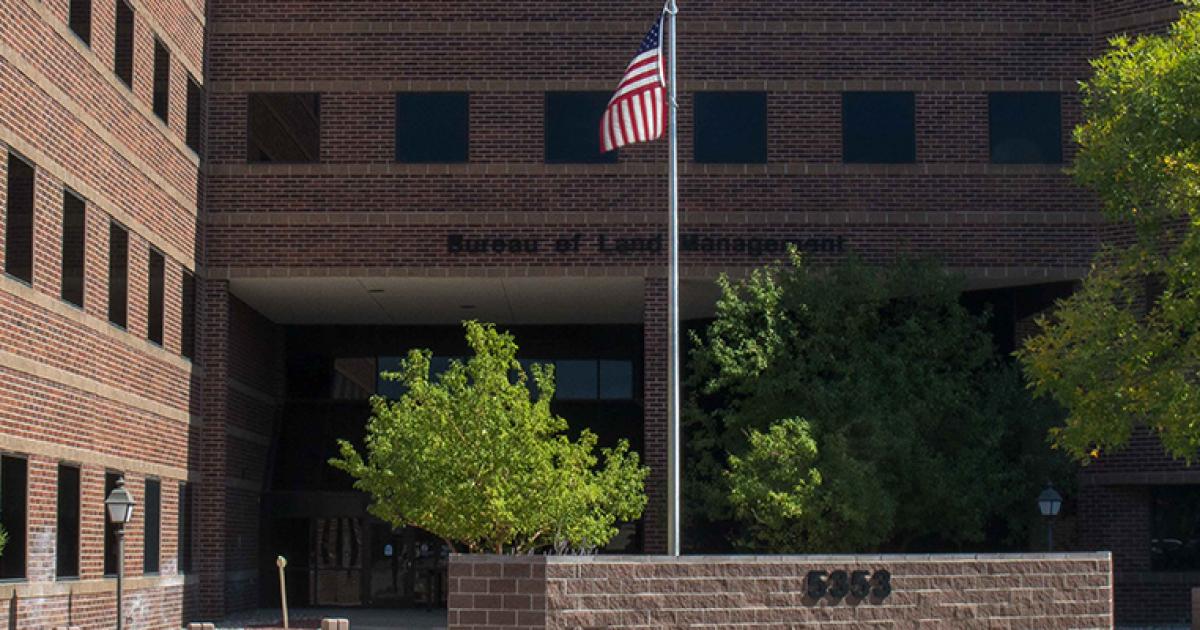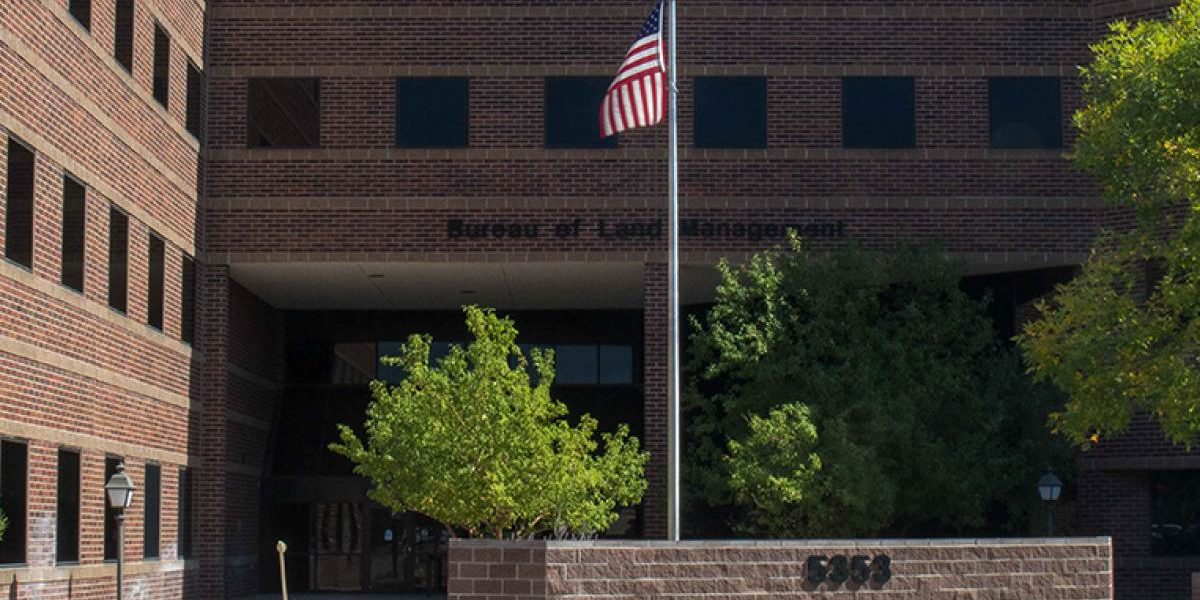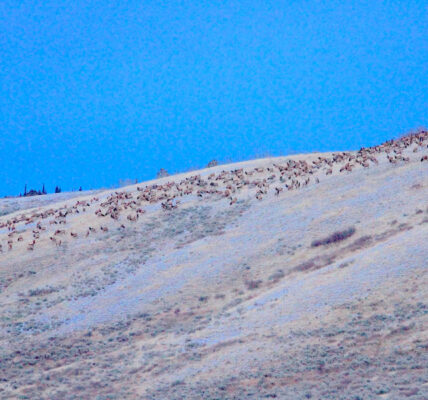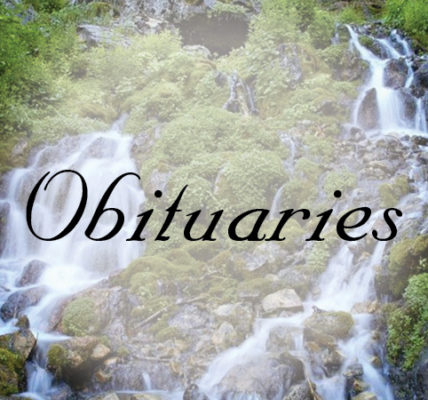
By Bryon Glathar
Kemmerer Gazette
Via- Wyoming News Exchange
KEMMERER — A number of Wyoming officials are asking residents to speak up while they can concerning a recently-released plan by the Bureau of Land Management (BLM) that could affect farmers, ranchers, hunters and other outdoor enthusiasts in southwest Wyoming.
Some state legislators are calling foul after saying the BLM didn’t include one key group of stakeholders — landowners — when deciding how to manage 3.6 million acres of federal land and 3.7 million acres of federal mineral estate in the Rock Springs area.
The land spans parts of Uinta, Lincoln, Sublette, Sweetwater and Fremont counties.
Legislators also accuse the BLM of breaking federal law, along with its own rules, and have asked for more time for public comment before moving forward.
Several members of the Wyoming Freedom Caucus complained about the Rock Springs Field Office Draft Resource Management Plan (RMP) that the BLM released in mid-August. They held a virtual meeting on Sept. 18, with the consensus of those attending claiming government overreach.
The meeting included members of the Agriculture, State and Public Lands and Water Resources Committee Rep. Bill Allemand (R-Midwest), Rep. Allen Slagle (R-Newcastle) and Rep. John Winter (R-Thermopolis), along with House Majority Leader Rep. Chip Neiman (R-Hullet).
A panel of members of the ag committee and Select Water Committee had met with the BLM the week before. That meeting included “critical information for Wyoming and critical information for landowners in Wyoming,” Neiman told attendees before giving an overview of the prior meeting.
He said the BLM started on this plan in 2011, and it’s replacing a plan that was done in 1997.
BLM officials said they wanted to talk about changes it sees coming to “the use of all properties that the Bureau of Land Management controls.”
“I’ll just be completely honest with you folks; that was one of the most revelatory and shocking meetings I think I’ve ever been at,” Neiman said. “To listen to the discussion and to see what they are planning to do or what they would like to see done … (Alternative) B was, by far, the most curtailing, or restrictive, use of public lands of all four of the alternatives.”
He added that all four plans were sub-par when it comes to multiple use of public land — “development of energy, livestock, recreation, hunting, anything like that.”
Potential plans
The BLM issued four potential plans for managing the area:
Alternative A would continue with the current plan, put into place in 1997.
Alternative B — which the BLM selected as “agency preferred” — would emphasize conservation and, therefore, be more restrictive.
Alternative C offers the least restrictive option.
Alternative D is more restrictive than B but less restrictive than Alternative B.
Neiman then, like others who spoke at the meeting, blamed the Biden administration and federal government overreach.
“We see a lot of this push coming from the current Biden administration and their obvious attempt or effort here to try to grossly restrict the use of our public lands — to everyone,” he said.
Neiman referred to a summary of the BLM’s “Preferred Alternative,” beginning with the proposal to remove 7,606 AUMs (the number of animals grazed in one month) of grazing over the 1.8 million acres in question.
Another concern on the list, Neiman said, is the plan would increase the Areas of Critical Environmental Concern (ACEC) by more than 1.3 million acres.
‘No longer for human use’
Neiman also took issue with the BLM’s attempt to designate the entire planning area as a “restricted control area” for animal control.
“And this is what got me,” he said, “emphasis on non-lethal methods for controlling predators on this land now.”
“What about landowners, agriculturists, people that are trying to stay in the livestock industry to develop and to help provide for this nation protein and fiber to be able to clothe us and to feed us. What is this going to do? It is an absolute, full-on effort to completely disallow the use of lands.”
In one recent discussion, Neiman said, someone suggested the area may as well be labeled “no longer for human use.”
“We know that’s not practical, that’s not functional,” Neiman said. “… We, as the people of the state of Wyoming, need to rise up and stand against it and support our industries. … This is a blatant overreach, and we have to fight this.”
Slagle agreed.
“It’s really going to be detrimental to ranching and farming, because the huge number of AUMs that they’re taking out from grazing — that’s enough to eliminate entire ranches from having any grazing,” Slagle said, adding that it’s even more important in western Wyoming. “It’s more critical on the western side of the state, where more of those people have BLM land [than in eastern Wyoming].”
Riparian zones
Slagle also took exception to what this BLM plan might do to riparian zones, lands along the edges of bodies of water. He said the BLM wants to change the zones to prevent livestock from accessing them.
“There [weren’t] any riparian zones until farmers and ranchers came into this country and all the wild animals — buffalo and elk — were moved off of those areas,” Slagle said. “And the ranchers have fenced their cattle off of these riparian zones to let them grow. And now the government, specifically in this case the BLM, is using riparian zones against us to get our cattle totally off of these lands.”
Slagle also said the BLM has seemingly shifted its focus to wildlife.
“The other thing that’s egregious about this Rock Springs RMP is they’ve got some places in there where they’re wanting to curtail from 20-40% the utilization just because they want to give wildlife a priority,” he said. “So, what they’re doing is they’re taking off industries — specifically the cattle industry that’s putting money into the state’s coffers — and just replacing it with wildlife, which doesn’t nearly meet the revenue that we get from the cattle.
“The other thing is they don’t want to allow livestock to graze areas where wildlife is having young in the spring,” Slagle continued. “It’s taking out a critical time there in May and June when the forage is growing well; it’s a good time to be grazing because as the cows graze it off, it’ll grow back. But they don’t want livestock to be on there; they want it safe for the wildlife. We see this whole switch to this priority on wildlife.”
What about landowners’ say?
Slagle, a rancher, emphasized the need for landowners to be involved in this and similar decisions.
“When they look at these plans, they put in cooperating agencies … county commissioners, conservation districts, and oil and gas commission…” he said. “But the one cooperator that isn’t included in this is the private landowners who actually lease this land. They don’t get to have any say in this process until it’s turned out to the public for us to comment on…
“So, I really want to ask the question: ‘Who do you think really knows best about this land?’” Slagle asked. “Somebody that’s been educated in a university and has no real experience in ag? Or a family who’s been on the land for … at least 100 years to make it most productive for them and their family? And yet, we aren’t even given a seat at the table when they’re discussing these plans.”
Slagle encouraged residents to contact Gov. Mark Gordon to let him know what they think of the draft plan.
Winter, who has a background as a hunting guide and worked for the BLM decades ago as a conservation specialist, also blasted the Biden administration.
“I believe this whole effort is predicated on the Biden administration’s proposed 30×30 land grab. … The plan is to stop livestock grazing and to severely curtail oil and gas production and mining in the Cowboy State. Any effort in this direction will, ultimately, kill the Wyoming economy.”
Winter said people should be leery of the 30×30 program and pointed to what he said are federally mismanaged lands.
“I believe that, in order to fulfill the 30×30 program, the government will need to utilize the Wilderness Act and probably other preservation programs to eliminate access to our public lands,” he said. “We have enough designated wilderness in Wyoming right now. … Our current wilderness areas have been grossly mismanaged — that will not change if more areas are thus designated. Multiple use management must be enhanced and promoted, not single use of our lands.”
Dire outlook
Allemand had the direst outlook on the RMP.
“Folks, the state, the nation and its people are in real trouble with this 30×30 initiative. It is an unconstitutional executive order … signed by Pres. Biden Jan. 27, 2021,” he said. “Instead of working with the states, local governments and stakeholders, the Biden administration’s first act of implementation of the 30×30 [program] was to remove local government’s veto power over federal land acquisition.”
He emphasized the potential gravity of the RMP and encouraged members of the public to voice their concerns to the BLM and elected officials.
“This is serious. This is one we can’t live with or let go of. It will have an impact on every Wyoming and American [citizen]. Hunters will have 30% less lands to hunt on,” Allemand said. “There will be 30% less food, causing rapid inflation and, maybe, kids going to bed hungry. 30×30 would destroy the food and fiber industries in Wyoming.”
He went on to say the plan simply wouldn’t be feasible for Wyoming ranchers.
“In this great state, almost 50% of our land is federally owned,” Allemand said. “That’s close to 30 million acres. And around 75 million of our minerals are federally owned. We are known as a “fence-out state,” which means if my cow gets on your land, it is your responsibility to fence her out. However, on federal land, you’re responsible to fence her in. The (BLM) Casper Field Office controls 1.4 million acres in Platte, Natrona, Converse and Goshen counties. To fence in 1.4 million acres, it would cost ranchers an estimated $175 million, in just these four counties.
“It’s time to get up off the couch and do something about this,” he added.
He said the administration’s plan is to ramp up the 30×30 plan to 40×40 and then 50×50 with an eventual goal to conserve half of the nation’s land.
“This is probably the biggest disaster in the United States, affecting more people than the Civil War, Pearl Harbor or 9/11 combined,” Allemand said. “I urge everyone to call the governor and ask him to stop this state-killing BLM plan.”
Extreme reaction
BLM Deputy State Director of Communications Brad Purdy said Allemand’s assessment of the RMP isn’t accurate, but it is extreme.
“That is very extreme to compare the Rock Springs RMP to the Civil War, Pearl Harbor and 9/11. I just think that’s ridiculous and unfair to be completely honest,” Purdy told the Gazette.
Concerning the idea of federal overreach, Purdy said, “I don’t agree with that. People need to understand that this is a draft RMP. To me and the BLM this is the most important part of this process. I encourage them to provide good substantive comments. It’s not a popularity contest on which alternative to go with — we need good comments as to why one alternative is better than another alternative.”
Rep. Jon Conrad (R-Lyman) said in a letter to the editor published in the Uinta County Herald that the RMP is a terrible plan.
“The BLM’s sweeping proposal now to designate over 1.6 million acres as ACECs (an increase of over 500%) to protect such amorphous and ubiquitous values as important bird areas, important wildlife habitats, or landscapes in view of historic trails, is unprecedented and arguably contrary to BLM’s multiple-use mandate,” he said. “… I will continue to fight against this BLM RMP proposal that impacts each and every one of us in a manner that is neither necessary, prudent nor rational! Please reach out to the BLM and give your input and concern regarding this plan.”
Purdy said he’s heard people say they won’t be able to walk their dog if the plan moves forward.
Others have said there’s nothing in the RMP that’s good for Wyoming.
“That’s ridiculous rhetoric,” he said. “The current management is in the RMP and there’s an alternative in there that expands oil and gas and where oil and gas leasing can take place.”
Purdy also countered theories that the plan will harm hunting.
“Under no alternative would hunting be restricted,” he said. “Under no alternative will the public be denied access to these public lands.”
Comment period
The BLM’s public comment period is 90 days, which began Aug. 18 and is set to expire on Nov. 16; however, Sen. Cheri Steinmetz (R-Lingle) and Rep. Barry Crago (R-Buffalo) sent a letter to the BLM last week, asking the agency to extend the comment period 120 days beyond the current deadline, until at least March 15, 2024.
The letter accuses the BLM of violating the Federal Land Policy and Management Act of 1976 and the BLM’s own mission stated on its official website, which says: “A Multiple-Use and Sustained Yield Mission — Congress tasked the BLM with a mandate of managing public lands for a variety of uses such as energy development, livestock grazing, recreation and timber harvesting while ensuring natural, cultural and historic resources are maintained for present and future use. To do this, we manage public lands to maximize opportunities for commercial, recreational and conservation activities.”
The letter says the BLM chose Alternative B without any regard to the input of local cooperating agencies, adding that it “completely eviscerates multiple use of our federal public lands.”
Steinmetz told the Herald that “most of the alternatives proposed will have a negative impact on Wyoming.





